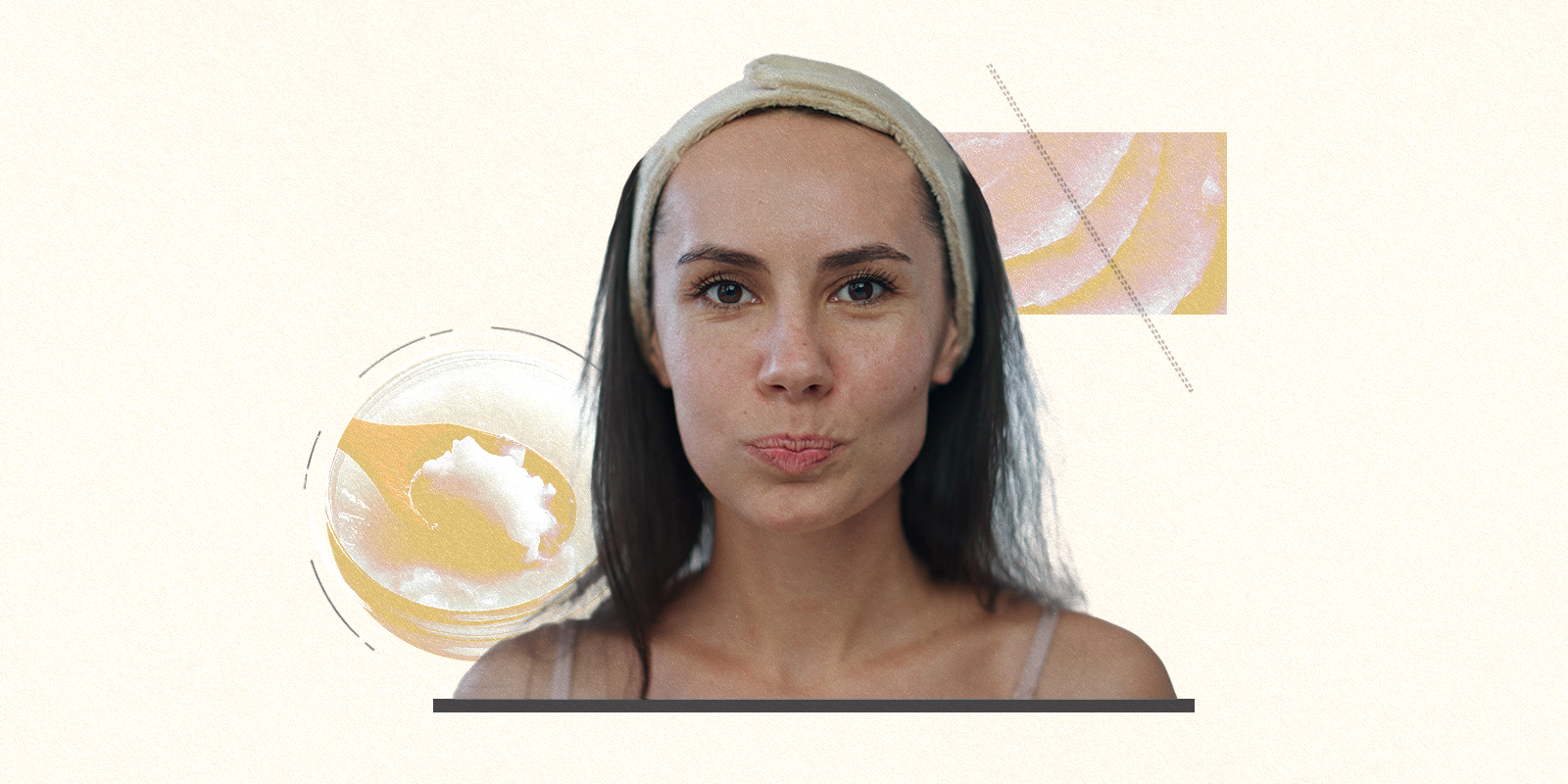Where did this trend of tooth gems come from?
Sengewalt: Anecdotally, it is my impression that they have been gaining traction in the U.S. for the past 10 years. From my understanding, tooth gems are more common in Europe.
I previously worked with a dental assistant from Germany who shared that in Germany, they even placed them on children’s teeth, encouraging them to brush more to “keep their star shiny.”
But tooth decor, in general, is not a new concept. Ancient Maya dentists drilled holes into teeth and used plant sap to attach jewels like jade, turquoise, gold and hematite. You see similar practices in the history of Japan; the custom of ohaguro involved dyeing teeth black with an iron-based substance to symbolize health, beauty and status. A more contemporary example would be grills – decorative covers made of gold or silver that snap over one or more teeth – that originated in the early 1980s hip-hop scene. There is an expansive history of self-expression through tooth decor from across the globe.
Should someone talk to their dentist before placing a tooth gem?
Sengewalt: Yes, it would be wise for the following reasons:
-
If your tooth has decalcified, electively etching it prior to bonding a tooth gem could damage it and make it more challenging to keep clean.
-
If you have crowns or veneers, the tooth gems won't last as long and pose a higher swallowing or aspiration risk, if it even bonds at all.
-
If you present your interest to them, your dentist may be willing to place, monitor, maintain, and remove a tooth gem. It likely will last longer if done in a dental setting. However, not every dentist would be comfortable placing a tooth gem due to the aspiration risk or unfamiliarity with the product.
According to my prior dental assistant’s accounts, in Germany, only a dentist is permitted to place tooth gems, and you cannot buy them elsewhere. I wish it were this way in the U.S. to protect patients. The reality is that if someone wants a tooth gem, they will get one, so we might as well help them place it in the least damaging way possible.
Geist: At first, I was a bit hesitant to get mine because I didn’t understand what tooth gems entailed and the possible effects they might have, but I got mine done at a professional dental office. The placement of my tooth gems followed a simplified order of steps to a composite filling. They cleaned and polished the tooth surface first; then, an etchant was used, a special gel that prepares the tooth for bonding, followed by the bonding agent and light curing. To me, this was the most stable and the safest safe way to do it.

Geist (right) with her tooth gems.
What ingredients should people avoid in the adhesive? Can they be safe if installed correctly and with the correct adhesive?
Sengewalt: Most of the kits have some sort of acid etchant and bond – a phosphoric acid solution that creates a bindable surface between materials and the tooth’s enamel – intended for intraoral use, similar to the process of bonding an orthodontic bracket or clear aligner buttons. If these materials are handled properly, then they can be safe with minimal damage – microscopic etching of enamel. In the dental setting, we are very used to handling and managing these materials. An inexperienced user could over-etch a tooth by exposing the enamel for too long or chemically burn soft tissue, such as lips, cheeks, eyes, etc.
Users should be cautioned that they should not swallow the materials and that there is a risk of gem aspiration – inhalation of the gem, which would require immediate medical evaluation.
Geist: I would personally stay away from the at-home kits, because you don't always know what kind of chemicals they're using in their bonding agents to help the gems adhere to your teeth and where these materials are sourced from. Whereas if you were to get it done professionally in a dental office, they're using professional-grade, American Dental Association (ADA) certified materials that are safe for your teeth and should not cause any harm to your teeth if used correctly.
Are there underlying health issues people should be wary of before putting in a tooth gem?
Sengewalt: Dental decay, enamel defects, decalcification and poor hygiene could be exacerbated by the presence of a tooth gem. Your tooth will always be healthier without a tooth gem. However, beauty and fashion aren’t always logical – I get that.
Can tooth gems trap food or bacteria? How do they change dental hygiene?
Sengewalt: Yes. No matter how well a tooth gem is done, it will accumulate more plaque and bacteria than a smooth surface. It’ll also be more likely to stain, so you would want to clean around it effectively for those reasons. Yet, you also want to ensure you do not apply enough pressure to dislodge it.
Geist: During my time having the gems, I flossed around the area as usual, but I did tend to clean the spots where the gem was sitting more vigilantly just because I didn’t want a stain around where it was placed when I decided to get it removed. I could imagine that they feel and require similar care habits to having braces brackets– if you don't clean around those brackets well enough, you could have staining or plaque buildup.
How long can they last? Should people avoid putting them on specific types of teeth?
Sengewalt: How long they last largely depends on how the gems are applied. Some online DIY kits intentionally use weaker materials and are more likely to have improper application, such as poor isolation and handling. They estimate that a tooth gem will last up to two weeks. The most common negative reviews you see online are simply that they fall off too easily.
When it comes time to remove a tooth gem and the bonding material, many companies recommend contacting your dentist.
Geist: I think it depends on what types of materials were used and how you take care of them. Mine were very secure on my teeth, most likely because I had them done at a dental office and maintained proper hygiene. They probably would still be on my teeth right now, but I decided to get them removed for my professional headshots for our white coat ceremony.
I was inspired by the fact that they’re just another way to express yourself. It’s like wearing jewelry, makeup, or having tattoos (but less permanent; you can permanently remove it if you'd like). It’s just another creative form of self-expression.
This interview was edited for length and clarity.





